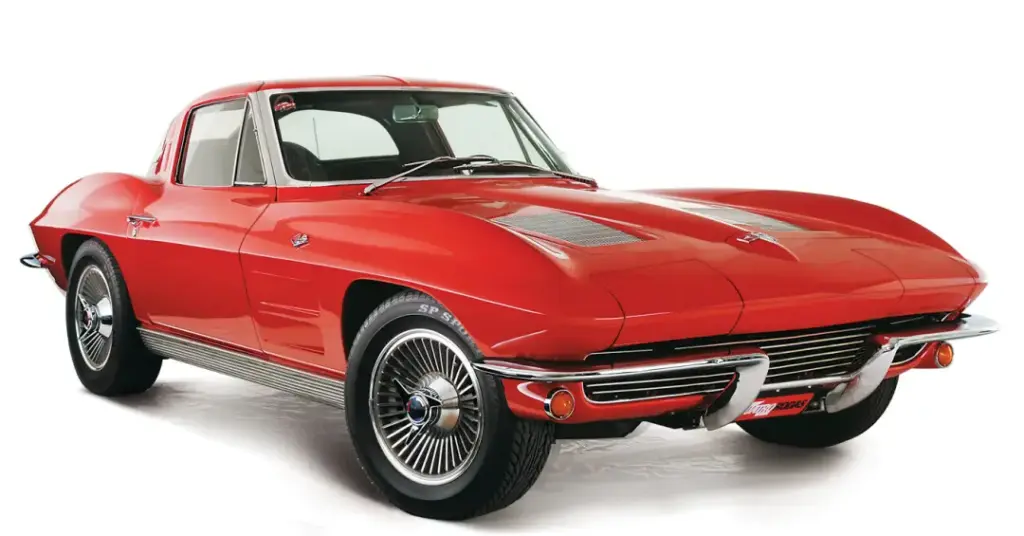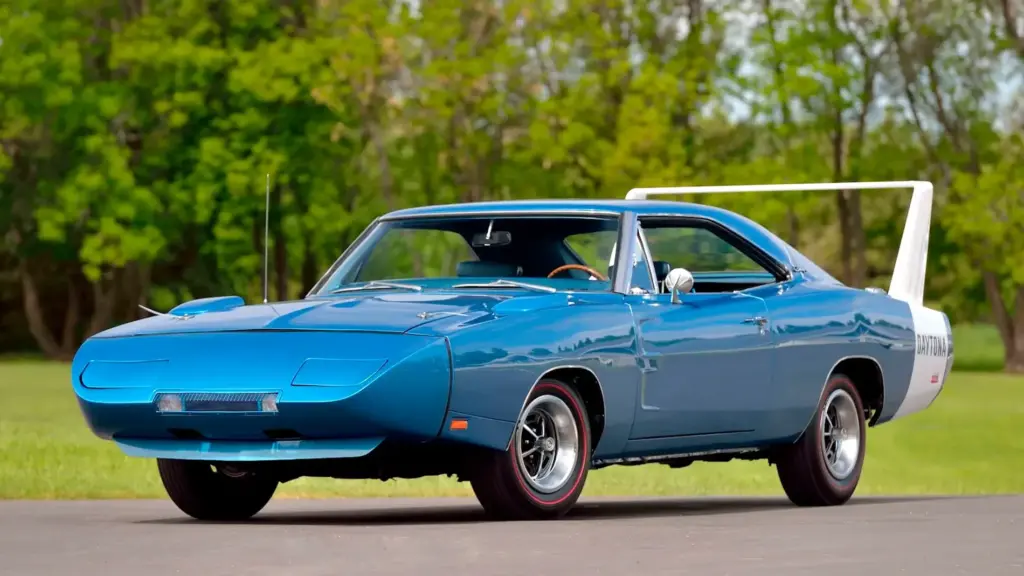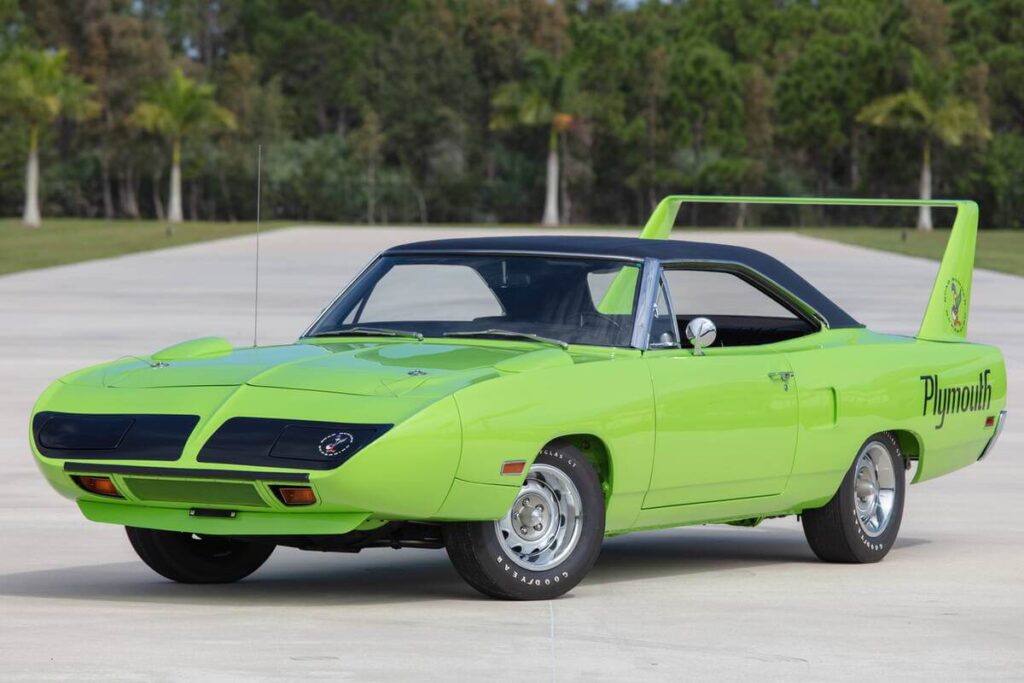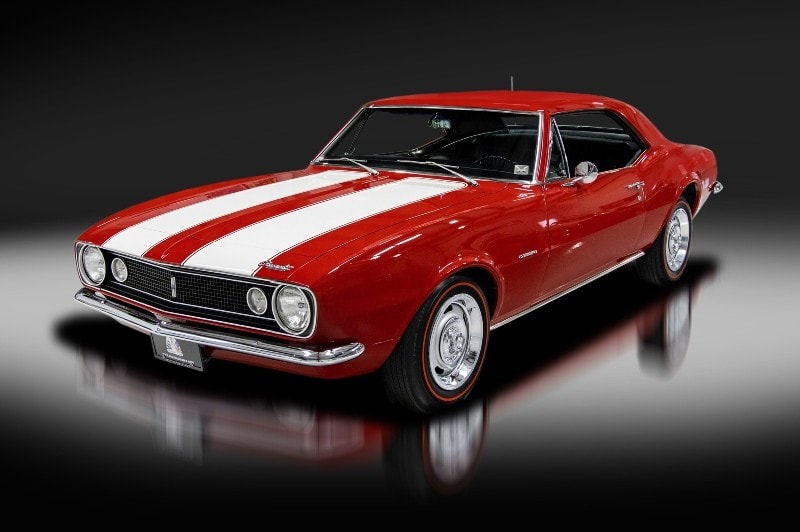A Look Inside Classic American Racing Cars with Iconic Designs
American racing cars have long been celebrated for their innovation, performance, and striking designs. From the early days of motorsport to the muscle car era and the modern-day, classic American racing cars have been the backbone of the nation’s racing culture.
These cars are not just about speed and power; they represent a significant part of American history and identity, with bold designs and powerful engines that continue to evoke passion among car enthusiasts.
In this article, we’ll take a closer look at some of the most iconic classic American racing cars, explore their groundbreaking designs, and delve into their history. Whether they dominated the tracks or paved the way for future innovations, these cars have left an indelible mark on the motorsport world.
Table of Contents
Shelby Cobra 427 (1965) – The Iconic Muscle Car that Redefined Speed
One of the most legendary cars in the history of American motorsports is the Shelby Cobra 427. This vehicle, developed by car designer Carroll Shelby, was a revolutionary creation that forever changed the way American sports cars were perceived. Designed as a lightweight, high-performance vehicle, the Cobra 427 dominated American racing events and became a symbol of power and raw speed.

Key Features:
- Engine: A 7.0-liter V8 engine producing 485 horsepower, which enabled the Cobra 427 to reach speeds exceeding 160 mph.
- Design: The Cobra 427 featured a lightweight aluminum body, which paired perfectly with its powerful engine to offer exceptional performance on the track.
- Racing Legacy: The Cobra 427 became a force in both domestic and international racing, securing numerous victories and solidifying its place in motorsport history.
Why It Changed Racing:
The Shelby Cobra 427 combined engineering brilliance with American muscle, setting new standards for performance and design. Its lightweight body and powerful V8 engine made it one of the most dominant racing cars of the era, and it became an enduring icon in the racing world.
Chevrolet Corvette Stingray (1963) – A Sports Car with Revolutionary Design
The Chevrolet Corvette Stingray of 1963 is another quintessential American racing car that holds an iconic place in motorsport history. Known for its striking design and advanced engineering, the Corvette Stingray set the standard for American sports cars in the 1960s. Its presence in racing events like the 24 Hours of Le Mans helped solidify its place in automotive history.

Key Features:
- Engine: The 1963 Corvette Stingray came with a variety of engine options, including the powerful 5.4-liter V8, which produced 360 horsepower in the top model.
- Design: The Stingray featured an innovative split-window rear design, which became a hallmark of its look, paired with sleek curves and an aggressive stance that gave it a truly unique appearance.
- Racing Legacy: The Corvette Stingray competed in various racing series, including the Sports Car Club of America (SCCA), and its performance on the track made it a beloved choice for motorsport enthusiasts.
Why It Changed Racing:
The Corvette Stingray (1963) introduced groundbreaking features in both design and performance. Its innovative suspension system and powerful V8 engine made it a force to be reckoned with on the race track, and it set the stage for the future of American performance cars.
Ford GT40 (1966) – The Car That Beat Ferrari at Le Mans
The Ford GT40 is perhaps the most famous of all classic American racing cars, known for its stunning victory over Ferrari at the 24 Hours of Le Mans in 1966. Ford’s engineers worked tirelessly to build a car that could compete with Ferrari’s dominance in endurance racing, and the GT40 proved to be more than up to the task.

Key Features:
- Engine: The GT40 featured a powerful 7.0-liter V8 engine capable of producing 485 horsepower, allowing it to hit high speeds on both the straights and corners.
- Design: The GT40’s low, wide body was designed for aerodynamics and stability at high speeds, making it one of the most aerodynamic cars of its time.
- Racing Legacy: The GT40 went on to win Le Mans four times in a row from 1966 to 1969, cementing its place as one of the greatest racing cars of all time.
Why It Changed Racing:
The Ford GT40 not only broke Ferrari’s dominance in endurance racing but also set a new standard for performance and engineering. The design and success of the GT40 led to significant changes in the development of future racing cars and remains one of the most iconic American racing cars in history.
Dodge Charger Daytona (1969) – A Muscle Car Designed for NASCAR Glory
The Dodge Charger Daytona is a classic muscle car with an aggressive design that was specifically engineered for NASCAR racing. It featured a powerful engine and aerodynamic modifications that gave it the edge over its competitors during the height of the muscle car era.

Key Features:
- Engine: The Charger Daytona was equipped with a 7.0-liter V8 engine that produced up to 425 horsepower, delivering immense power for high-speed racing.
- Design: The Daytona was famous for its enormous rear wing and aerodynamic modifications, including a sloped front end, designed to reduce drag and improve stability at high speeds.
- Racing Legacy: The Charger Daytona made history by becoming the first car to break 200 mph in NASCAR, setting numerous records in the late 1960s.
Why It Changed Racing:
The Dodge Charger Daytona was revolutionary in terms of its design and engineering. Its aerodynamic features set the stage for the future of NASCAR, influencing the design of race cars for years to come. The Daytona remains one of the most memorable and visually striking muscle cars in history.
Plymouth Superbird (1970) – A Race Car with Iconic Wings
The Plymouth Superbird was another legendary American muscle car built for NASCAR racing. Like the Dodge Charger Daytona, the Superbird featured advanced aerodynamics and a distinctive appearance that helped it dominate on the track. It became a symbol of the power and aggression of American muscle cars.

Key Features:
- Engine: The Superbird was powered by a 7.0-liter V8 engine that produced up to 425 horsepower, delivering massive performance on the racetrack.
- Design: The Superbird featured a massive rear wing and a pointed nose, which were designed to improve aerodynamics and handling at high speeds.
- Racing Legacy: The Superbird found success in NASCAR during the 1970 season, winning several races and solidifying its reputation as one of the most formidable racing cars of its time.
Why It Changed Racing:
The Plymouth Superbird pushed the boundaries of racing car design and contributed to the rise of aerodynamically optimized cars in NASCAR. Its success on the track and its bold appearance made it an icon of American muscle car racing.
Chevrolet Camaro Z28 (1967) – The Performance Muscle Car
The Chevrolet Camaro Z28 was designed to compete with the Ford Mustang in the burgeoning muscle car market. While it was not initially designed for racing, the Z28 quickly gained recognition in motorsport due to its balance of power, handling, and performance.

Key Features:
- Engine: The Z28 was powered by a 4.9-liter V8 engine that produced 290 horsepower, which, combined with its lightweight body, made it an agile and responsive car on the track.
- Design: The Camaro Z28’s aggressive styling and muscular stance made it an iconic presence in the muscle car scene, with a design that still resonates with enthusiasts today.
- Racing Legacy: The Z28 was successful in various motorsport events, including Trans-Am racing, where it proved its worth against other performance cars of its era.
Why It Changed Racing:
The Chevrolet Camaro Z28 helped to establish the muscle car as a dominant force in American motorsport. Its balance of performance and design helped define the muscle car era, and its success on the track solidified its place in racing history.
Conclusion
From the early days of racing to the muscle car era and beyond, classic American racing cars have been at the heart of motorsport innovation. Cars like the Shelby Cobra 427, Ford GT40, and Chevrolet Camaro Z28 have not only shaped racing history but also influenced the design of modern-day performance cars. These vehicles continue to captivate car enthusiasts with their raw power, sleek designs, and storied legacies.
As we look back on the most iconic American racing cars, we can appreciate how they contributed to the evolution of motorsport, pushing the limits of speed, performance, and technology. Whether they were built for the track or simply to represent the spirit of American ingenuity, these classic racing cars have earned their place in history as true legends of motorsport.
Sources and Inspirations:
This article draws from insights and archives provided by Automobile Magazine, Car and Driver, MotorTrend, and NASCAR Archives.
